1.

This 2009 Landsat image of northeast Arizona, U.S.A., shows a long expanse of arid, erosion-prone, austere badlands made of multicolored mudstones and clays. What is the common name of this geographic area?

How much do you know about Earth and Earth-observing systems?
Take the quiz to find out.

This 2009 Landsat image of northeast Arizona, U.S.A., shows a long expanse of arid, erosion-prone, austere badlands made of multicolored mudstones and clays. What is the common name of this geographic area?
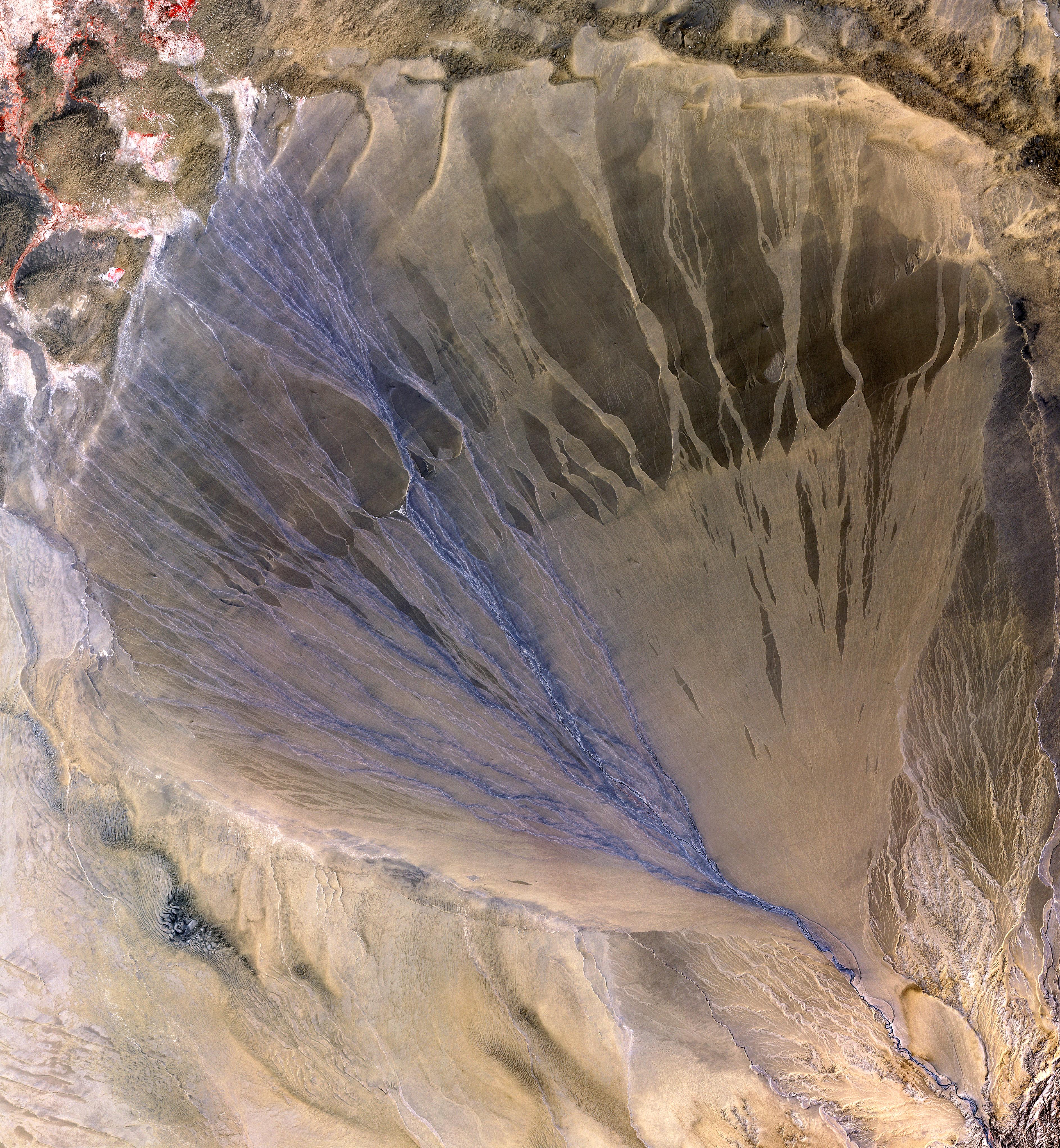
What is the name of this geologic feature?
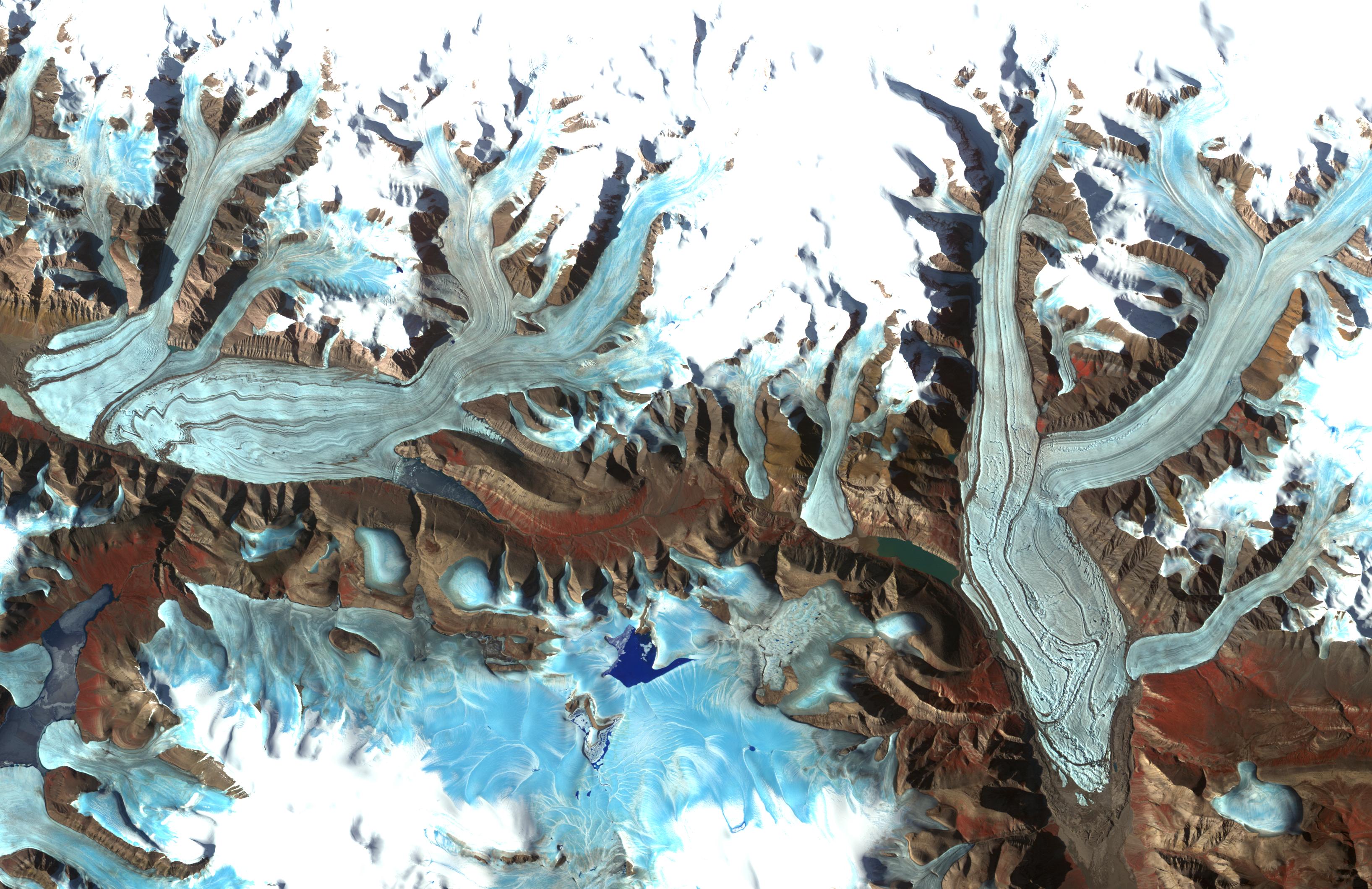
What is in this image?
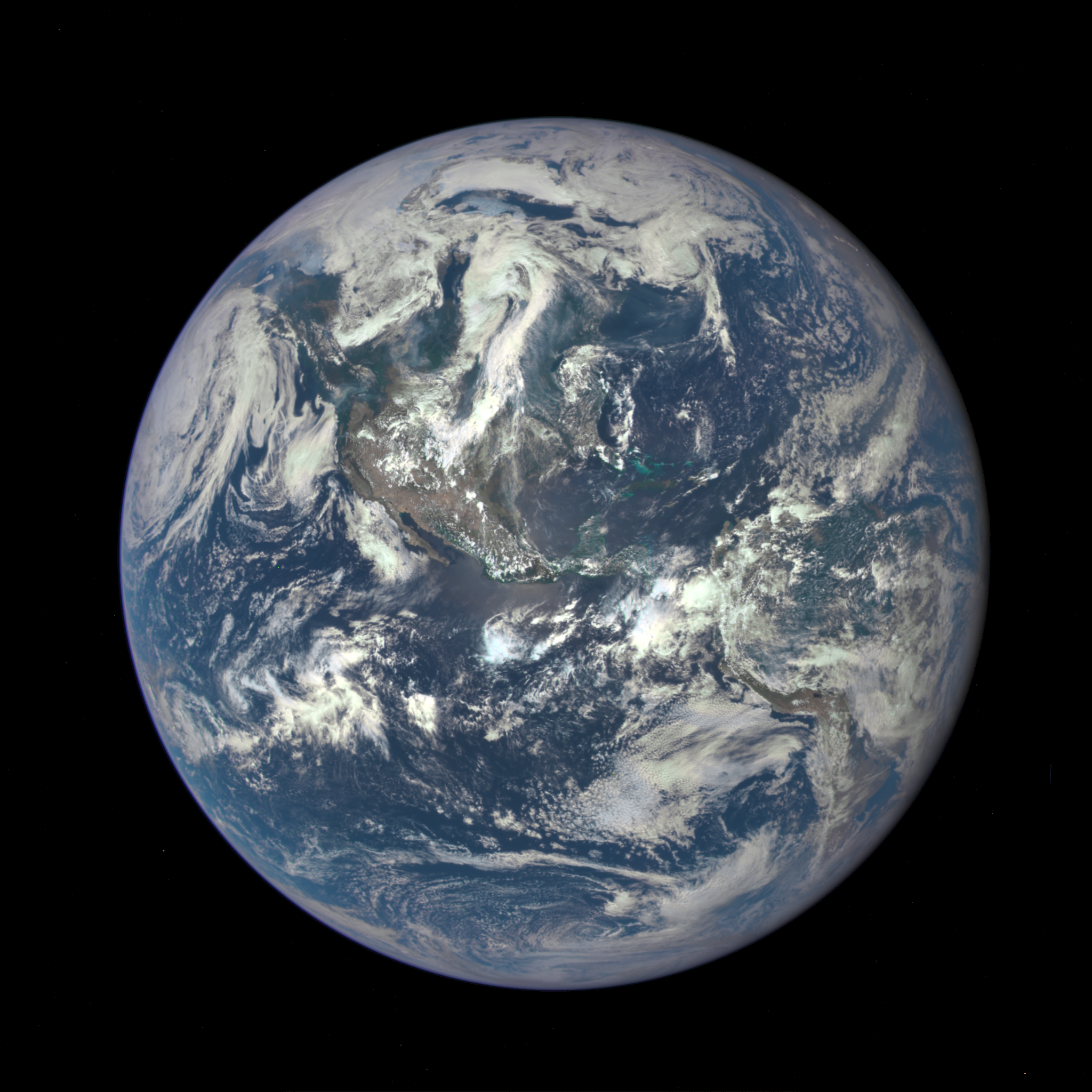
Which type of air pollution is the most difficult to measure from space?

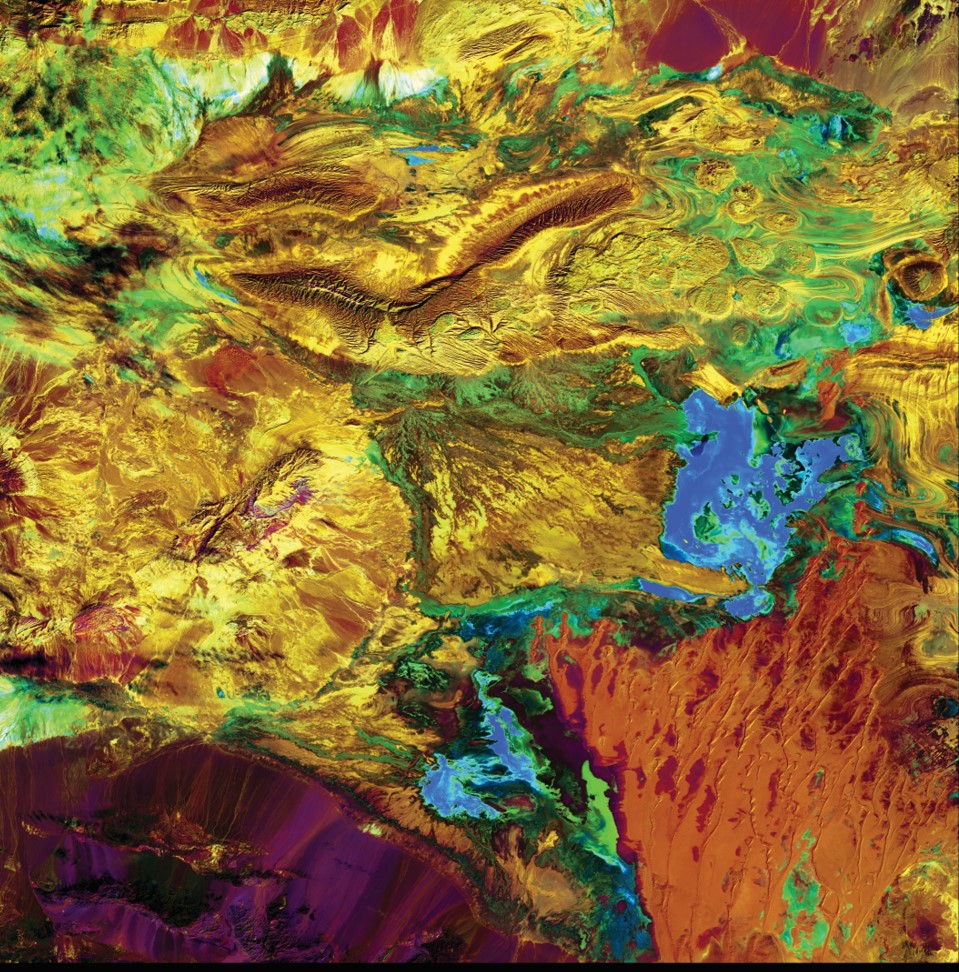
This Landsat image from 2003 shows Dasht-e Kavir, or the Great Salt Desert. Where is this mixed landscape of salt marshes, mudflats, wadis, steppes, and desert plateaus located?
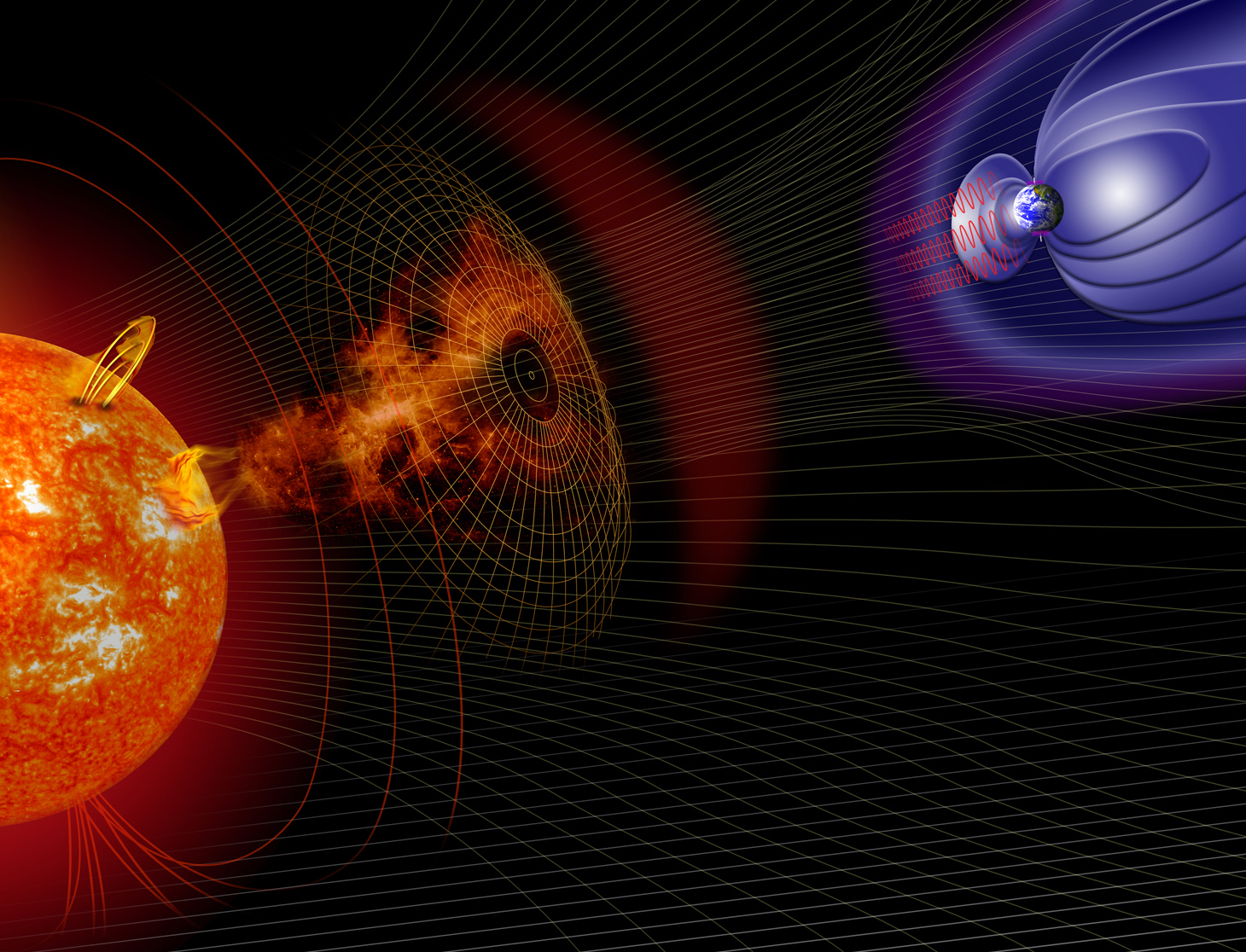
Select the true statement(s)
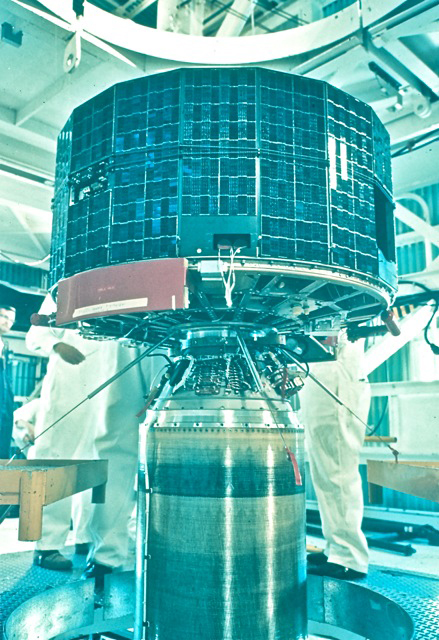
Who made the first meteorological satellite?


About how many active satellites are currently in orbit around the Earth?
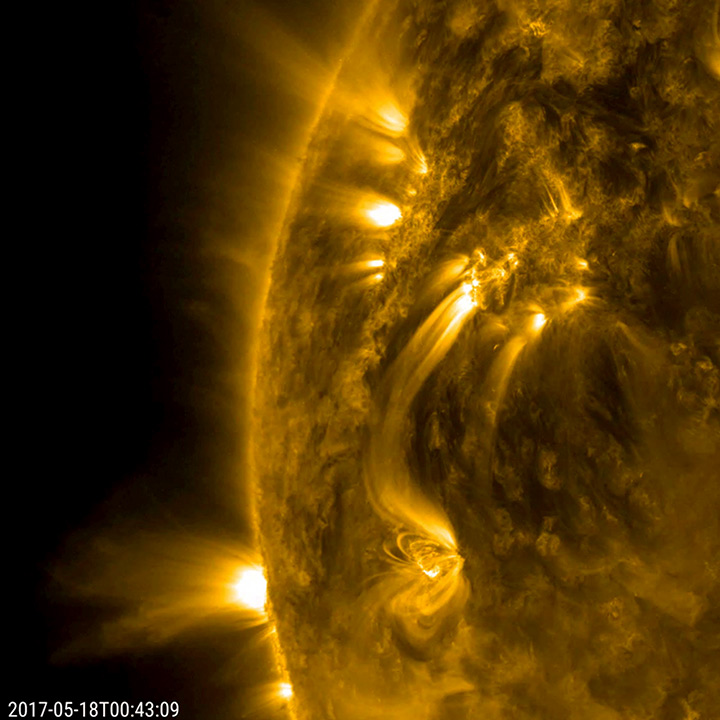
The solar wind continuously flows outward from the Sun and consists mainly of protons and electrons in a state known as a plasma. The solar magnetic field is embedded in the plasma and flows outward with the solar wind. Which of the following spacecraft provide in-situ measurements of the solar wind?

What is the main objective of USGEO?
